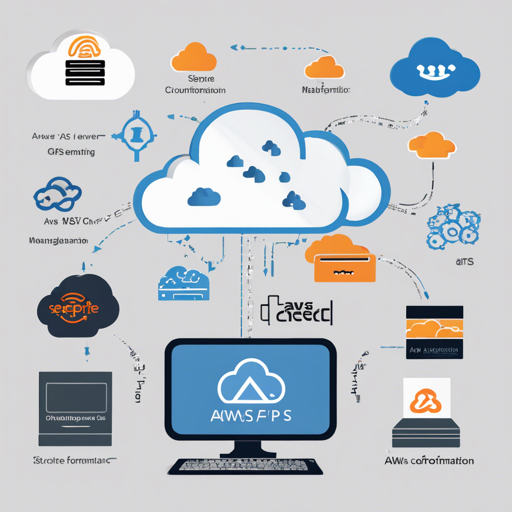In the realm of cloud computing and infrastructure management, tools that simplify the process can be invaluable. Sceptre is a powerful tool designed to streamline your AWS CloudFormation deployments, allowing you to focus on building robust infrastructures rather than getting bogged down in mundane tasks. This guide provides a user-friendly approach to getting started with Sceptre, including installation, features, and some troubleshooting tips.
About Sceptre
Sceptre is a tool primarily used for managing AWS CloudFormation. Its main purpose is to automate repetitive and error-prone tasks, enhancing your ability to build better infrastructure. It features configuration management, dependency resolution, stack grouping, and more, which we’ll delve into later.
Features of Sceptre
- Code reuse by separating Stacks templates and configuration
- Support for various templates (JSON, YAML, Jinja2, or Python DSLs)
- Dependency resolution between stacks
- Stack Group support for organized management
- Fast and highly parallel builds
- Multi-account and region support
- Meta-operations for infrastructure visibility
- Dynamic values insertion via customizable Resolvers
- Ability to run arbitrary code as Hooks
Installation of Sceptre
Option 1: Using pip
To install Sceptre using pip, simply run the following command:
$ pip install sceptreFor a detailed guide, take a look at the Installation Guide.
Option 2: Using Docker
If you prefer Docker, you can pull the Sceptre image using the following command:
docker pull sceptreorg/sceptre:latestTo run the Sceptre Docker image, you’ll need to mount your project’s working directory:
docker run -v $(pwd):project -v ~/Users/me/.aws:/root/.aws:ro sceptreorg/sceptre:latest --helpUnderstanding Sceptre’s Usage with an Analogy
Imagine you’re a chef in a bustling restaurant kitchen. Each dish you prepare (stacks) depends on others being ready before you can serve it. Sceptre acts like a highly organized sous-chef who ensures that every ingredient (template) is prepared on time and in the right order, avoiding any chaotic mix-ups. By managing these dependencies, it allows you to focus on perfecting your signature dishes (infrastructure) without worrying about the small details.
Working with Stacks and Stack Groups
In Sceptre, stacks are represented as YAML configuration files within specific directories known as stack groups. Let’s break down a basic example:
sh
$ tree
config
dev
config.yaml
subnets.yaml
vpc.yaml
templates
subnets.py
vpc.py
To create a VPC stack, you can use the create command followed by the stack’s configuration file:
$ sceptre create dev/vpc.yamlSubsequently, you can create a subnets stack that relies on the VPC stack by passing in the VPC ID as a parameter, which Sceptre handles gracefully.
Troubleshooting Common Issues
If you encounter issues while using Sceptre, here are some troubleshooting tips:
- Ensure you have the correct AWS permissions for the resources you are attempting to manage.
- Check CloudFormation logs for specific error messages related to stack creation or deletion.
- Make sure that your template syntax is correct and adheres to the requirements of your chosen templating DSL (JSON, YAML, etc.).
- If needed, consult the official documentation for further insights and examples.
For more insights, updates, or to collaborate on AI development projects, stay connected with fxis.ai.
Conclusion
At fxis.ai, we believe that such advancements are crucial for the future of AI, as they enable more comprehensive and effective solutions. Our team is continually exploring new methodologies to push the envelope in artificial intelligence, ensuring that our clients benefit from the latest technological innovations.

